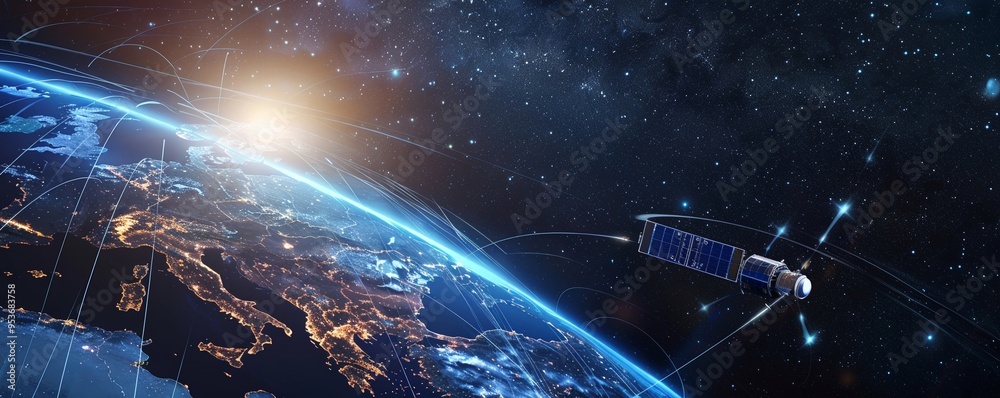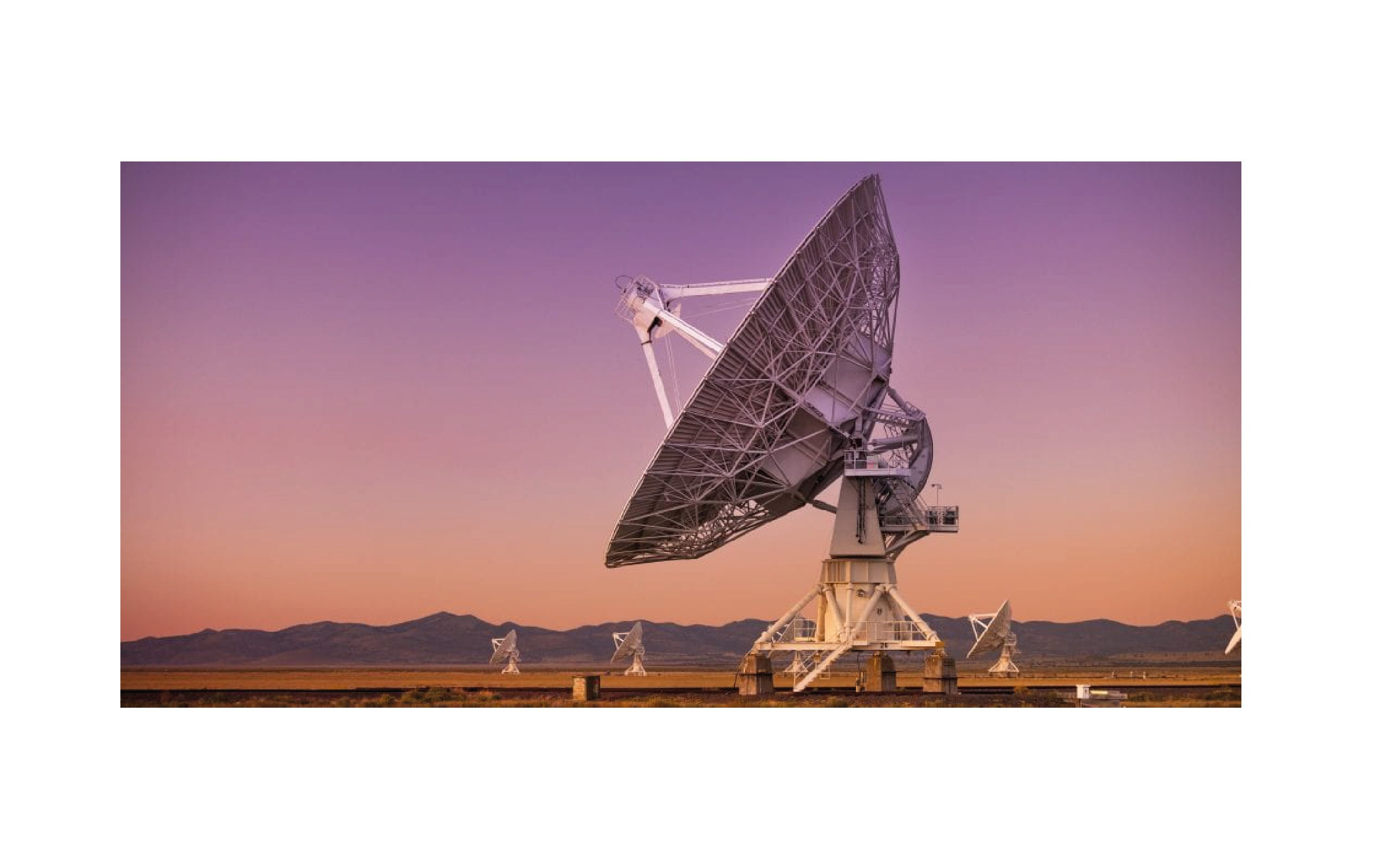The Department of Space recently released a draft Spacecom Policy 2020, along with the draft Norms, Guidelines and Procedures for the implementation of the Spacecom Policy, also known as ‘Spacecom NGP’ 2020. This blogpost highlights our comments to these draft policy documents, highlighting some unaddressed areas. We have submitted these comments to the Department of Space.
Introduction:
India had released its first Satcom Policy in 1997.[1] However, since the 1997 policy was a high level document which did not provide as many details, a set of ‘norms, procedures and guidelines’ was notified in 2000 to bolster the 1997 Policy.[2] However, both the 1997 Policy and the 2000 guidelines have not been amended even once, even though India’s space activities have grown exponentially over the past 20 years. These outdated policies, along with the absence of a separate law for the space sector, have resulted in an uncertain regulatory framework. A step in this direction was the draft Space Activities Bill released in 2017,[3] but it was never even introduced in Parliament.
However, the government has prioritized reforms for the India space sector this year to promote private sector participation. For example, the ISRO has established the ‘Indian National Space Promotion and Authorization Centre’, or IN-SPACe.[4] Additionally, to update the 1997 policy and the 200 guidelines, the government also released the Draft Spacecom Policy 2020 and the Draft Norms, Guidelines and Procedures for the implementation of the Spacecom Policy, or ‘Draft Spacecom NGP 2020’ (collectively, “Draft Policy”).[5] This blogpost discusses our comments to the Draft Policy, highlighting important areas which have remained unaddressed in the Draft Policy. We have also shared these comments with the Department of Space, Government of India, as part of its public consultation process.
A. Issue 1- Stricter requirements for geostationary satellite service providers
1.For geostationary orbit (“GSO”) satellites, the Draft Policy allows for use of non-Indian orbital resources (“NIOR”) only if such resources are eventually brought under Indian administration, through Indian ITU filing.[6] This is an onerous and practically infeasible requirement to impose on GSO satellite service providers. The Draft Policy presumes that GSO satellite service providers will have access to the concerned foreign administration so as to secure an arrangement which will bring the NIOR under Indian control. This may not be true for many service providers. It is also unlikely that a foreign administration will agree to such a condition, unless the Indian government/ISRO has entered into a formal arrangement with such administration. This may disincentivize foreign service providers from collaborating with Indian entities.
2. Additionally, in case of leased space assets, GSO satellite service providers will also have to force the operators, from whom the asset has been leased, to undertake a similar commitment to bring the orbital resource under Indian administration.[7] This condition itself may dissuade operators of such space assets to lease them to GSO satellite service providers that intend to use NIOR.
3. Recommendation- We recommend that the conditions for establishment of GSOs using NIOR should be brought at par with that of NGSO communication systems. NGSO communication systems are already subject to scrutiny through requirements such as providing arrangement details for use of NIOR,[8] and ensuring aspects like availability of user gateways, mechanism to address cyber security concerns and availability of interference monitoring capability in India etc.[9] These requirements should be sufficient for the concerned authority to address any security related concerns.
B. Issue 2- Lack of clarity around FDI-related norms for foreign entities
1.The Draft Policy only allows ‘Indian entities’ to seek authorization for various activities, such as establishing and operating satellite systems, tracking, telemetry and command (“TT&C”) earth stations and satellite control centre (“SCC”), operating a communication service from space etc.[10] The Draft Policy does not expressly mention anything about how foreign entities can also participate in the Indian space ecosystem by investing in these Indian entities, or by setting up an Indian entity of their own. The only indication of foreign investment being allowed is that in all the Spacecom Application Forms, the ownership pattern also requires applicants to provide details of any foreign direct investment (“FDI”).[11]
2. The other issue is about foreign investment in TT&C stations and SCCs. The latest FDI policy of India allows 100% FDI in ‘satellites’ with government approval, and 100% FDI in telecom services (with government approval required for investment beyond 49%). The description for these services is as follows:
a. Satellites- establishment and operation, subject to the sectoral guidelines of Department of Space (“DoS”)/ISRO[12]
b.Telecom services- All telecom services including Telecom Infrastructure Providers Category-I, viz. Basic, Cellular, United Access Services, Unified License (Access Services), Unified License, National/International Long Distance, Commercial V-Sat, Public Mobile Radio Trunked Services (PMRTS), Global Mobile Personal Communications Services (GMPCS), All types of ISP licenses, Voice Mail/Audiotex/UMS, Resale of IPLC, Mobile Number Portability Services, Infrastructure Provider Category-I (providing dark fibre, right of way, duct space, tower) except Other Service Providers.[13]
3.TT&C stations and SCCs will not fall under either of these categories, since they do not meet the description of the activities under these two headings. Hence, this will create uncertainty for foreign investors as to the applicable FDI regime for TT&C stations and SCCs.
4.Recommendation- The Draft Policy should clarify that TT&C stations and SCCs do not fall under either of the FDI categories of ‘satellites’ or ‘telecom services’. The DoS can make a representation to the Ministry of Commerce and Industry about such clarification.
C. Issue 3- No provision for single window clearance in the Draft Policy
1.The current authorization regime for space activities in India is complicated and involves multiple authorities/agencies. In addition to the Committee for the Authorisation and Establishment of Indian Satellite Systems (“CAISS”), entities also need to procure licenses/approvals from sector-specific bodies. This includes the Ministry of Information and Broadcasting (“MIB”) and the Department of Telecommunications (“DoT”), which has different wings such as the Wireless Planning Commission (“WPC”),[14] the Network Operation and Control Centre (“NOCC”)[15] and its satellite division[16].
2.The Draft Policy states that applicable licenses and clearances must be obtained from the appropriate authorities such as the MIB and DoT.[17] This goes against the claim of IN-SPACe being a ‘single window nodal agency’, as mentioned on ISRO’s website.[18] This means that the issues faced by companies today in seeking space-related authorizations will continue. For example, the Draft Policy states that both IN-SPACe and DoS will have powers to bring out guidelines and regulations about authorization of space communications. This will again create a multiplicity of regulations and agencies, even within ISRO.
3.Recommendation– DoS/ISRO should consider establishing an inter-organizational body/agency, which will have representatives/officials from the various government agencies/departments involved in providing authorizations for space activities. This will allow entities to approach a single organization for seeking all kinds of licenses, clearances, approvals etc.
D. Miscellaneous issues:
1. The Draft Policy does not provide sufficient clarity about the composition, functions and powers of IN-SPACe. Though some of this information is given on ISRO’s website, including it in the Draft Policy will provide permanent regulatory clarity.
2. The Draft Policy should provide for timelines for processing the various applications that can be made under the Spacecom Policy.
These comments have been authored by Anirudh Rastogi, Managing Partner and Arpit Gupta, Senior Associate.
For more on the topic, please feel free to reach out to us at contact@ikigailaw.com
[1] A policy framework for satellite communication in India, ISRO, https://www.isro.gov.in/sites/default/files/article-files/indias-space-policy-0/satcom-policy.pdf.
[2] https://www.isro.gov.in/sites/default/files/article-files/indias-space-policy-0/satcom-ngp.pdf.
[3] Seeking comments on draft ‘Space Activities Bill,
2017’ from the stakeholders/public regarding, Department of Space, Government of India, 21 November 2017, https://www.prsindia.org/sites/default/files/bill_files/Draft%20Space%20
Activities%20Bill%202017.pdf.
[4] Indian National Space Promotion and Authorization Centre (IN-SPACe), ISRO, https://www.isro.gov.in/indian-national-space-promotion-and-authorization-center-space.
[5] Spacecom Policy-2020 and Spacecom NGP-2020- Seeking comments, reg., Department of Space, Government of India, 15 October 2020, https://www.isro.gov.in/sites/default/files/draft_spacecom_policy_2020.pdf.
[6] Pg. 9, Para 4.1(B)(c) of the Draft Policy.
[7] Pg. 9, Para 4.1(B)(c) of the Draft Policy.
[8] Pg. 10, Para 4.1(D)(b) of the Draft Policy.
[9] Pg. 10, Para 4.1(D)(d) of the Draft Policy.
[10] See paras 3 and 4 on pg. 7 of the Draft Policy; Paras 4.1(A)(a) on pg. 8, 4.1(B)(a) on pg. 9, 4.1(C)(a) on pg. 9, 4.1(D)(a) on pg. 10 and 4.1(E)(a) on pg. 11 of the Draft Policy.
[11] See para 1(f) of Spacecom Application Forms A, B, C and D, and para 1(h) of Spacecom Application Form E in the Annexures to the Draft Policy.
[12] Pg. 45, para
5.2.12, Consolidated FDI Policy (effective from 15 October 2020), https://dipp.gov.in/sites/default/
files/FDI-PolicyCircular-2020-29October2020_0.pdf.
[13] Pg. 46, para
5.2.14, Consolidated FDI Policy (effective from 15 October 2020), https://dipp.gov.in/sites/default/
files/FDI-PolicyCircular-2020-29October2020_0.pdf.
[14] WPC and SACFA, Department of Telecommunications, https://dot.gov.in/spectrum-management/2457.
[15] NOCC, Department of Telecommunications, https://dot.gov.in/data-services/2577.
[16] Assignment of satellite related work to the newly created satellite division, Department of Telecommunications, 06 November 2019, https://dot.gov.in/sites/default/files/2019_11_13%20SAT-DS.pdf?download=1.
[17] Pg. 12, para 4.3.6 of the Draft Policy.
[18] Roles and Responsibilities of IN-SPACe, Department of Space, ISRO, https://www.isro.gov.in/indian-national-space-promotion-and-authorization-center-space/roles-and-responsibilities.










